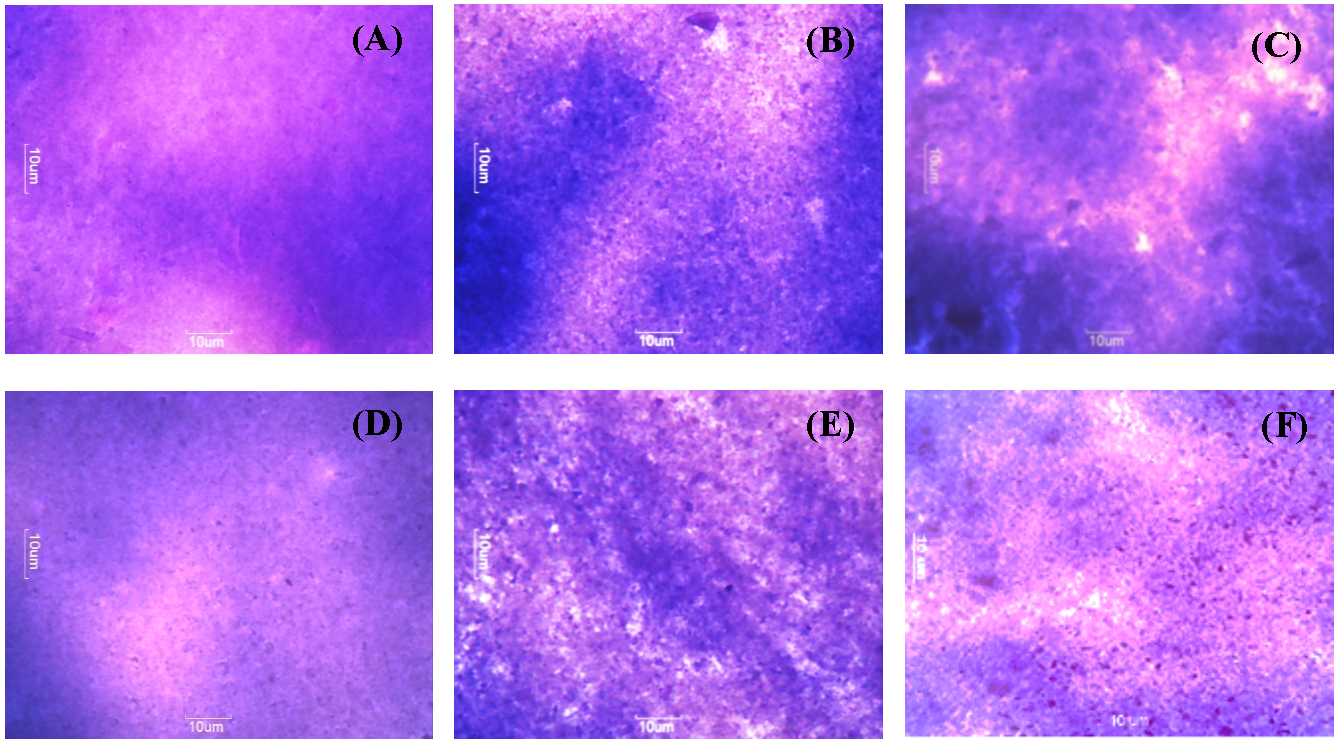 |
|
Complex coacervates were formed by electrostatic interaction between amaranth protein isolated (API) and citrus pectin (CP), at different API:CP weight ratio (3:1, 5:1, and 7: 1) and pH values (3.5 and 4.5). Physicochemical, rheological, and microstructural properties of the coacervates were explored. FTIR spectrum of the coacervates showed changes in the peaks at 1636 and 1153 cm-1 compared to the spectrum of API and CP, confirming complex coacervates formation. A fine, structured and compact structure was observed in the coacervates made at pH 3.5; in contrast, a matrix composed of relatively large aggregates was observed for the coacervates created at pH 4.5. Coacervates particle size increased as the pH and API:CP weight ratio increased, with the hydrodynamic diameter (Dh) ranging from 1043 ± 39 to 2670 ± 30 nm. The apparent viscosity of the coacervates increased as the API:CP weight ratio increased and pH decreased. All the variations of complex coacervates presented higher values of storage modulus (G') than loss modulus values (G''), suggesting a predominantly elastic rheological conduct. The knowledge generated could contribute to the implementation of the studied coacervates in industrial food processing.
Keywords: Amaranth protein, citrus pectin, complex coacervates, rheology, structure.
|
|
 |

